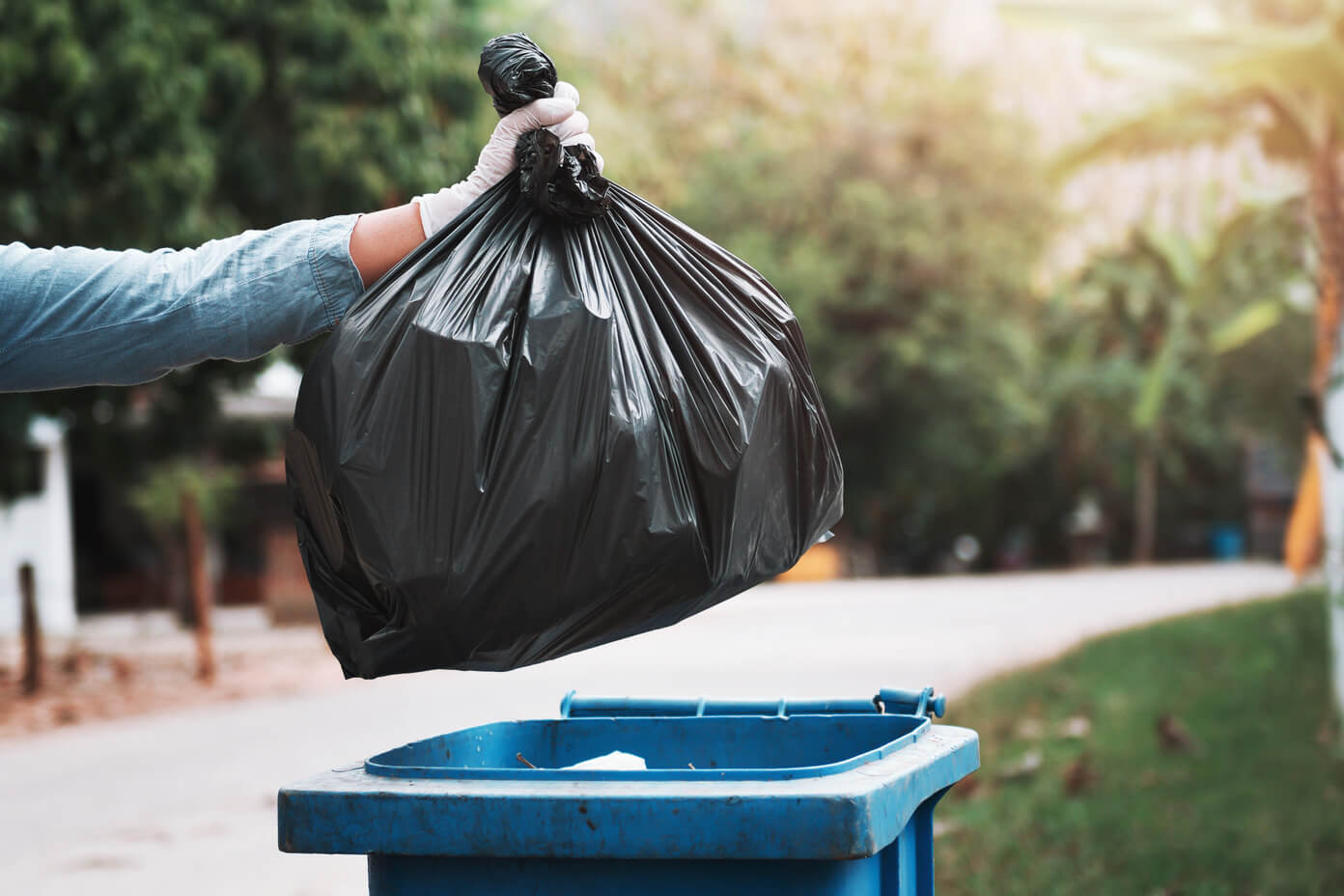Landfills: What They Are & How They Work
When you throw something away, it doesn’t just disappear. Most of what gets tossed in the trash in Virginia ends up in a landfill. These sites are designed to handle waste safely, but there’s a lot more going on beneath the surface than most people realize. If you’ve ever asked, “Where does all the garbage go?”, we’re breaking it down below!

Where Does Garbage Go in Fairfax, VA?
After trash is collected from your home, business, or job site in Fairfax County, it typically goes to the I-66 Transfer Station in Fairfax, VA.
At the I-66 Transfer Station, trash is consolidated and then sent by truck to the I-95 Landfill Complex, which serves as the primary disposal site for municipal solid waste in the region. There, some materials – such as scrap metal, cardboard, and yard waste – are separated for recycling. The remaining non-recyclable, non-hazardous waste is processed and sent to the I-95 Energy/Resource Recovery Facility, where it is incinerated to generate electricity rather than being buried in a landfill. The plant significantly reduces the volume of waste and produces renewable energy in the process.
For large cleanouts, construction projects, or high-volume operations, working with a professional waste removal service ensures debris is delivered to the proper facility – whether that’s a sorting center, landfill, or energy recovery facility.
What is a Landfill?
A landfill is a controlled site where trash is contained to protect the environment. Modern landfills are engineered with multiple safeguards to reduce risks to people, wildlife, and groundwater.
Most include:
- A plastic liner or clay base to prevent leaks
- Drainage systems to collect leachate (liquid runoff)
- Gas collection systems to capture methane and other emissions
- Daily cover layers to control odor and pests
- Heavy equipment to compact and layer the waste
Trash is delivered, compacted, and covered each day. The steps above help slow decomposition and limit environmental impact.
What Happens to Garbage in a Landfill in Fairfax, VA?
Certain types of waste that can’t be converted to energy – especially construction debris, bulky items, and ash – are sent to the I-95 Landfill Complex in Lorton, VA.
Once waste reaches the landfill, it remains there permanently unless removed during a rare recovery effort. How it breaks down depends on its composition. Organic materials, like yard waste or food scraps, may decompose over time, releasing gases. Plastics, treated wood, rubber, and metals, however, tend to remain intact for decades or longer.
The I-95 Landfill is equipped with modern environmental protection systems to manage the byproducts of buried waste. These include:
- Leachate: Liquid formed when rain filters through the waste. It’s collected and treated to keep it from contaminating groundwater.
- Landfill gas: A mix of methane and carbon dioxide. Many sites capture this gas and convert it into energy.
Managing these byproducts takes ongoing attention and resources. That’s why reducing waste and keeping reusable or recyclable materials out of the landfill is so important!
What Happens When a Landfill Gets Full in Fairfax, VA?
In Fairfax County, landfills are carefully managed and permitted by the Virginia Department of Environmental Quality (DEQ). Each site, like the I-95 Landfill Complex in Lorton, has a defined capacity. Once that capacity is reached, the landfill – or a section of it – is closed and capped with a final protective cover designed to limit water infiltration, reduce gas emissions, and prevent erosion.
When landfill space in the region becomes limited, Fairfax County and its waste management partners may:
- Divert waste to other regional landfills in Virginia or beyond
- Increase recycling, composting, and reuse programs to reduce landfill demand
- Adjust disposal fees to account for higher transportation and operational costs
- Tighten regulations on what materials can be landfilled
Some closed landfills are repurposed as parks, solar farms, or other low-impact spaces. For large-scale projects, working with a professional waste removal service helps prevent strain on local systems and ensures everything is handled properly.
© 2025 Total Waste Removal. All Rights Reserved. Website by Threshold Media.


